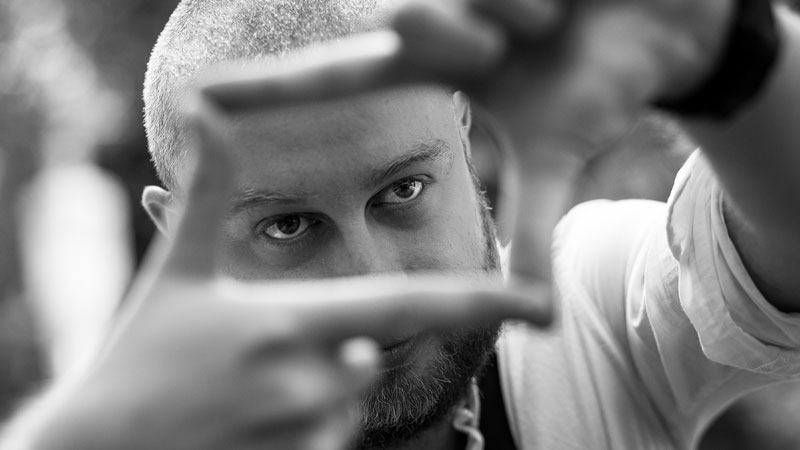
So how can we learn to see like an artist?
Is this even a skill that can be learned, or is it an innate ability that some of us have and some of us don’t? Well, the good news is that it is a skill that can be taught, learned, and developed. Anyone can learn to see like an artist, but first we have to further our understanding how we actually see and process information in the first place.
Most of us attribute how we see to our eyes. And while it is true that our eyes play an integral and required part of the seeing process, it is what happens in the brain that is most important. It is the way information is processed in the brain and understanding how this process works that will lead to improved artistic skill.
This is How Drawing Works…
Light enters the eye after reflecting off of objects in the natural world around us. The light that enters the eye is then directed to a nerve at the back of the eye. This nerve acts like a superhighway of lines, colors, shapes, and forms, sending information to the brain where it is processed. The eyes actually don’t “see” anything. Instead, they are simply “light gatherers”. It is in the brain, where the “seeing” actually happens.
Here, the light information is pieced together to form the world that we recognize around us. The brain tells us what it perceives from the light information gathered from the eyes. In essence, the brain is “guessing” based on past knowledge and experience at what we are actually seeing. (This is why it is so easy to “trick the eyes”)
This process happens constantly and requires a hefty amount of energy. How much energy is unclear. Perhaps, this is why it is so restful to close your eyes for a moment. You are actually not resting your eyes, but your brain. The eyes, how they work, and how our brain processes information is clearly more complex and detailed than what I’ve outlined above, but it is important to have a general idea of how this process works.
We Must Manipulate The Illusion
If our goal is to create artworks that are representational, then we must learn to manipulate what “light” enters the eyes and travels to the brain of the viewer.
Our goal is not to trick the eye, but in essence to trick the brain of the viewer. To do this in a drawing, we must break down the information that our brains are “seeing” into the abstract “light information” (simple lines, shapes, values, etc.) that our eyes are gathering.
Then, we simply mimic the information on the drawing surface. If the lines, shapes, values, etc. are translated by the artist to some level of accuracy, then the drawing will communicate the subject to the brain of the viewer.
To improve this skill, we must practice observing objects as they are seen before they are processed by the brain. This, of course, is the challenge when drawing representationally. Our minds are conditioned to “make sense” of the objects around us. It doesn’t help that many of us have been conditioned with methodologies to draw specific things either. This just intensifies the complexity of the challenge.
Know What to Look For in A Drawing
If you practice looking, and you’re clear on what you are looking for (lines, shapes, values, etc.), you will begin to see like an artist. And seeing like an artist will lead to better drawing skill. After all, drawing is about seeing. But more than that, it’s knowing what to look for.
If so, join over 36,000 others that receive our newsletter with new drawing and painting lessons. Plus, check out three of our course videos and ebooks for free.
Lesson Discussion
Comments are closed.


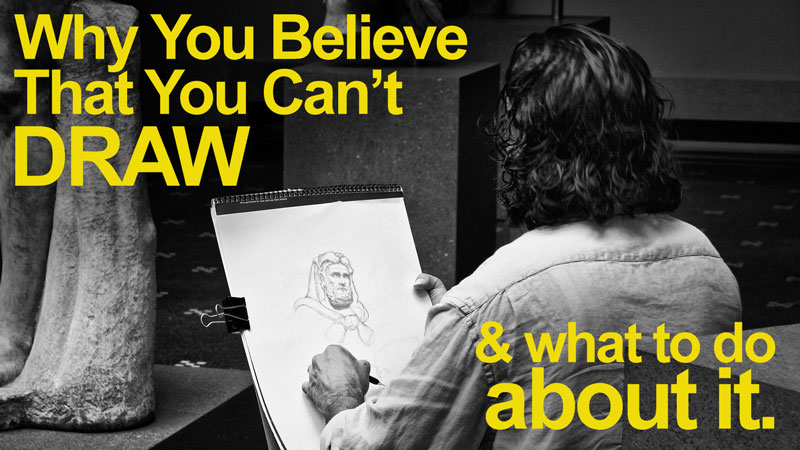
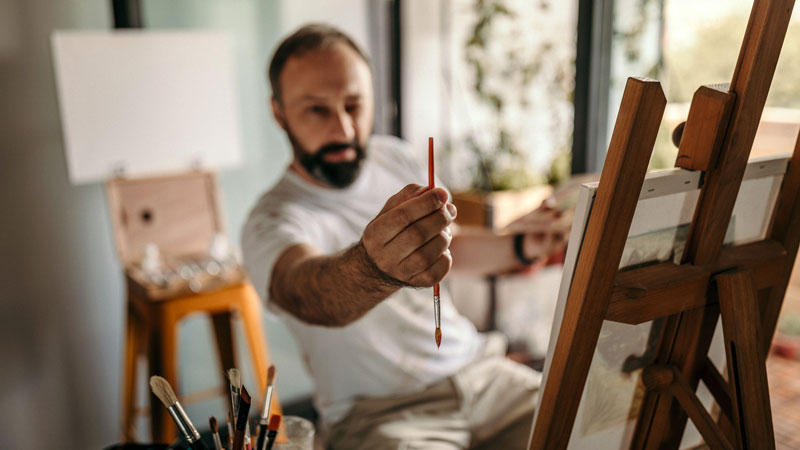
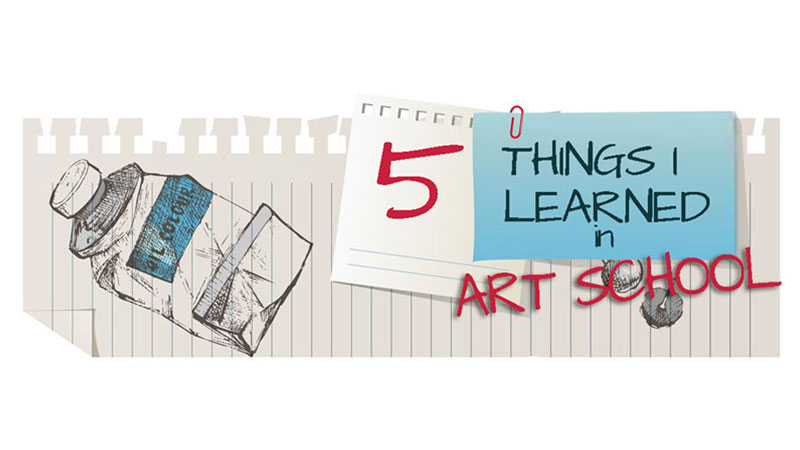
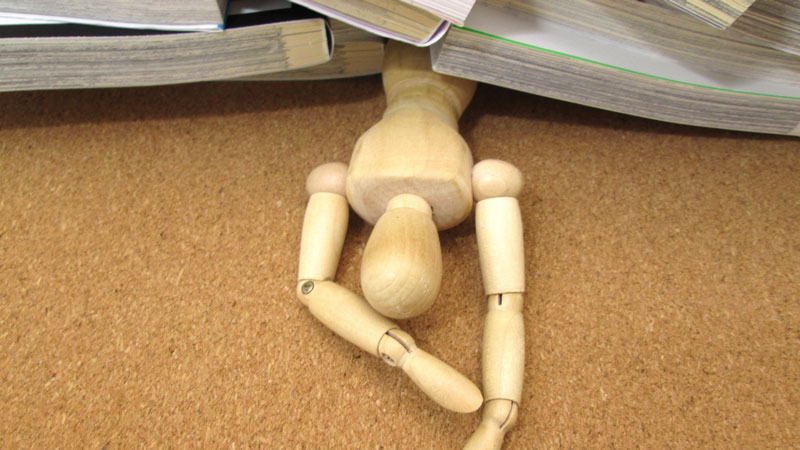
Dear Matt,
Thank you ever so much for your comprehensive and useful lessons.If I could, I would have been only too happy to buy a good big portion of your lessons as they would have given me a unique possibility (at last!) to teach myself to draw.
As a fact, I have been painting and drawing for quite a time and even took part in some exhibitions in Moscow but I have never studied art. Nowadays, I have been teaching art (:)) to the children of our Sunday School (world-famous Diveevo Nunnery,and our part of the nunnery is located in Nizhniy Novgorod). I understand that to be a good teacher implies that I should know the subject myself. So I would love to improve but as it is, we do not have any dotations from anywhere so do not have much money to spend on such programmes. So I have to be very selective as I was given the permission to spare only 30 dollars.
Most of all I am interested in your Ultimate course (Fundementals of Art)including hand-outs as well as illustrative videos and pictures and e-books..Also, I-dollar membership. But I cannot understand how I should pay for them as well as how much would be the price of the first one. And also, could I possibly send you,say, 3 pieces of mine so that you would see what I really need to learn primerily.
Thank you in advance for your answer,
Irina.